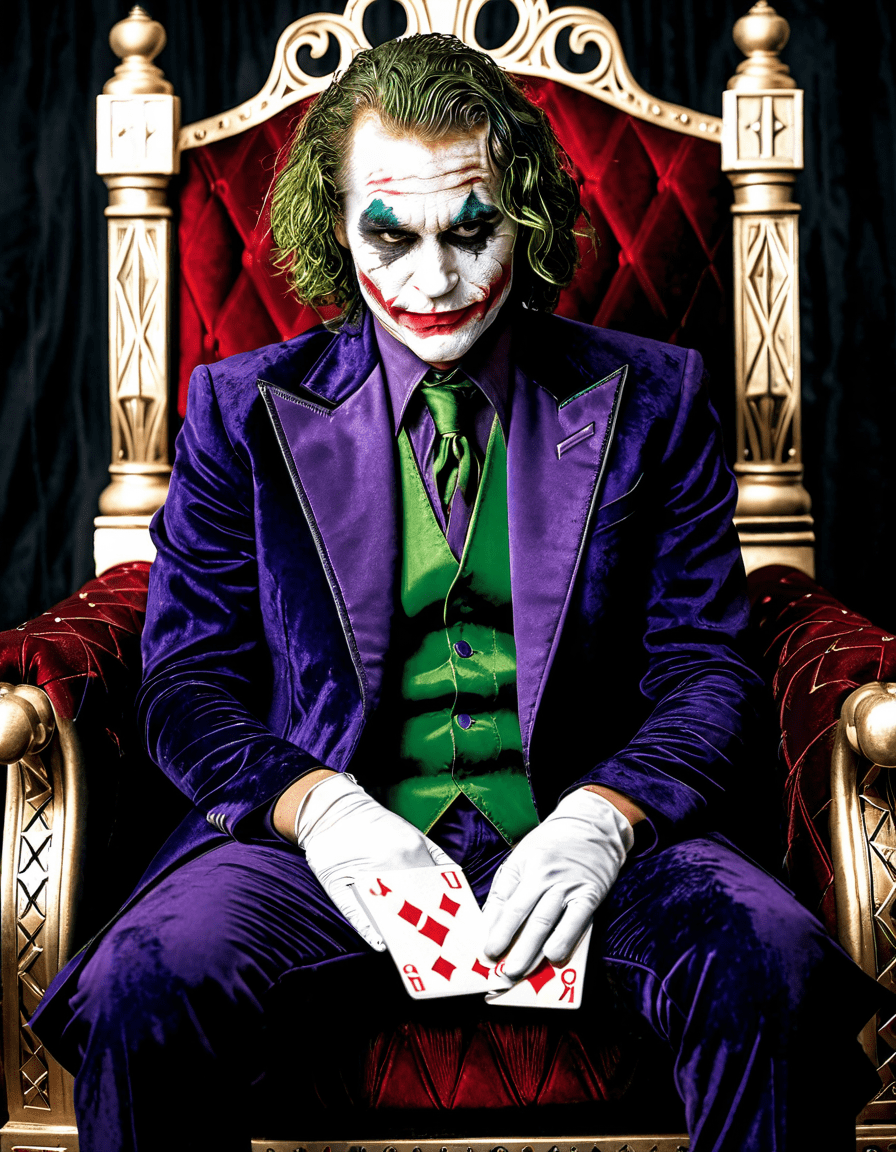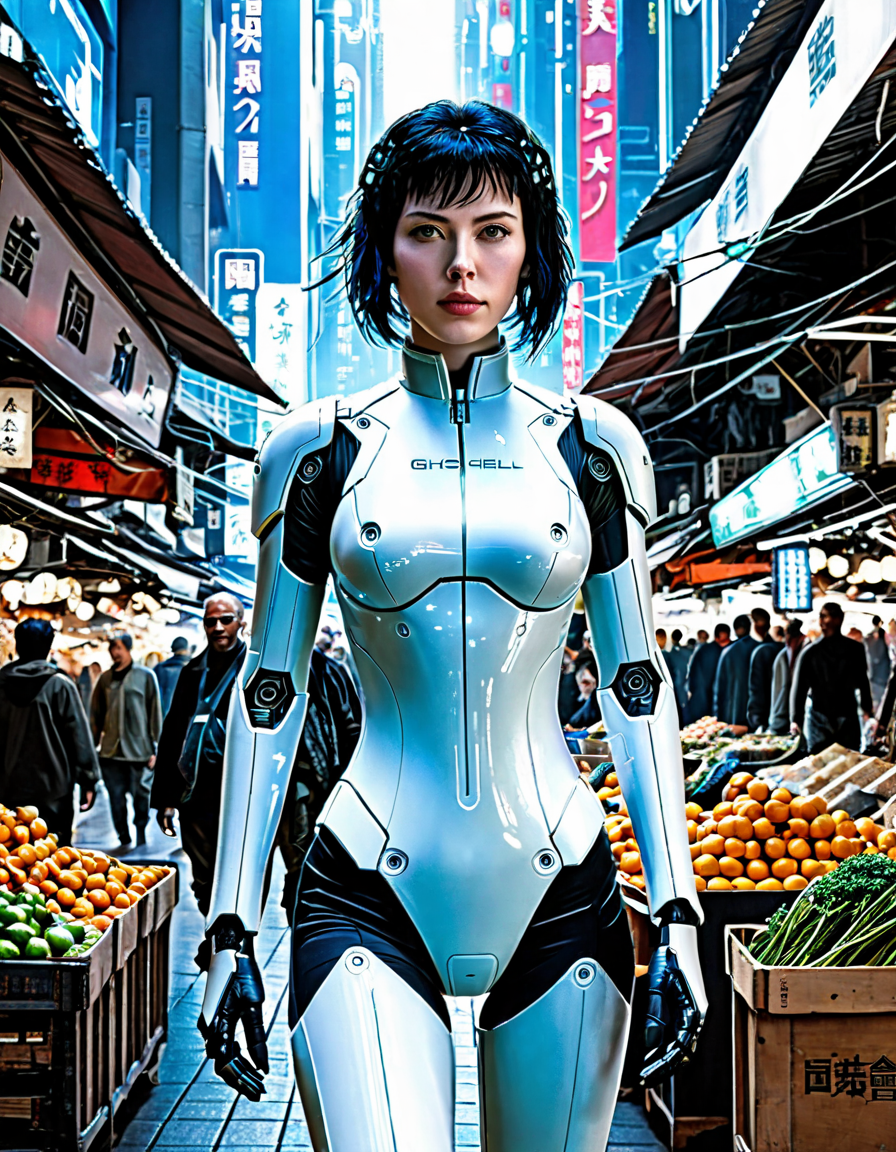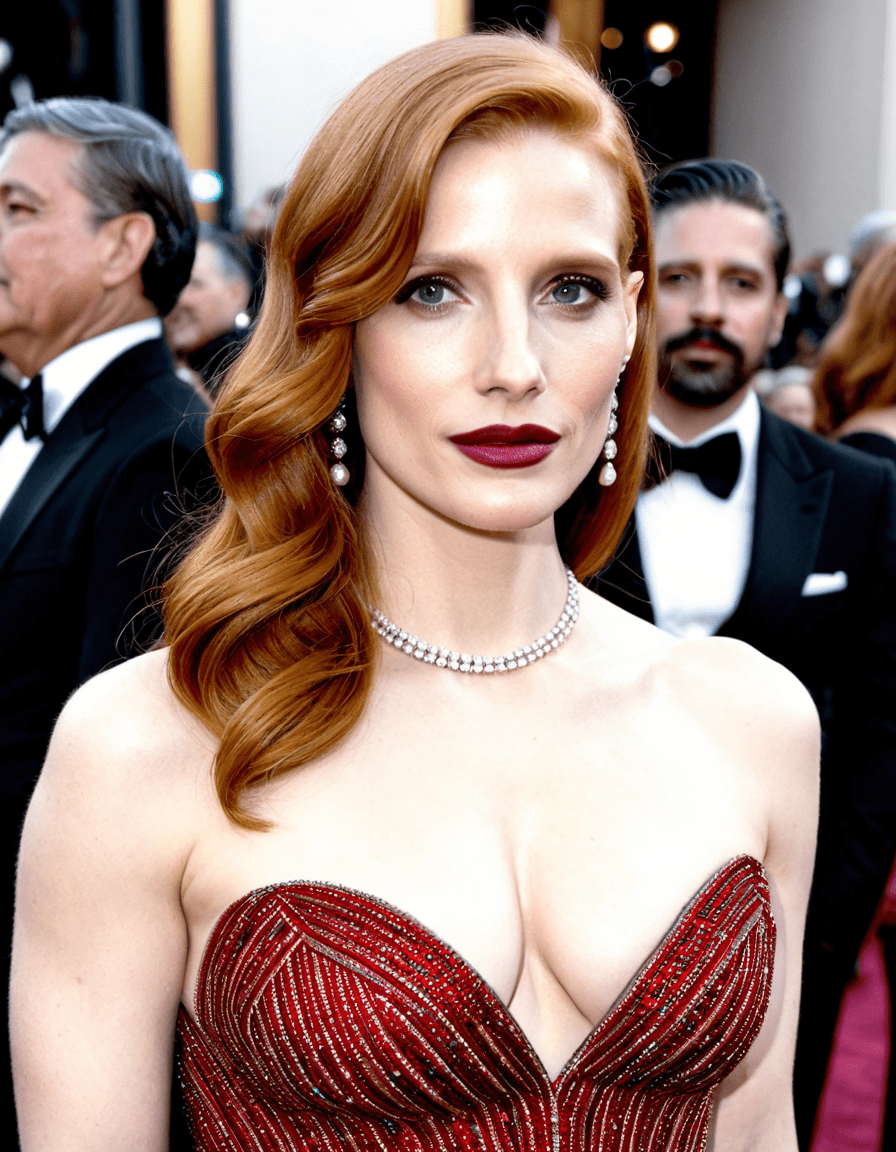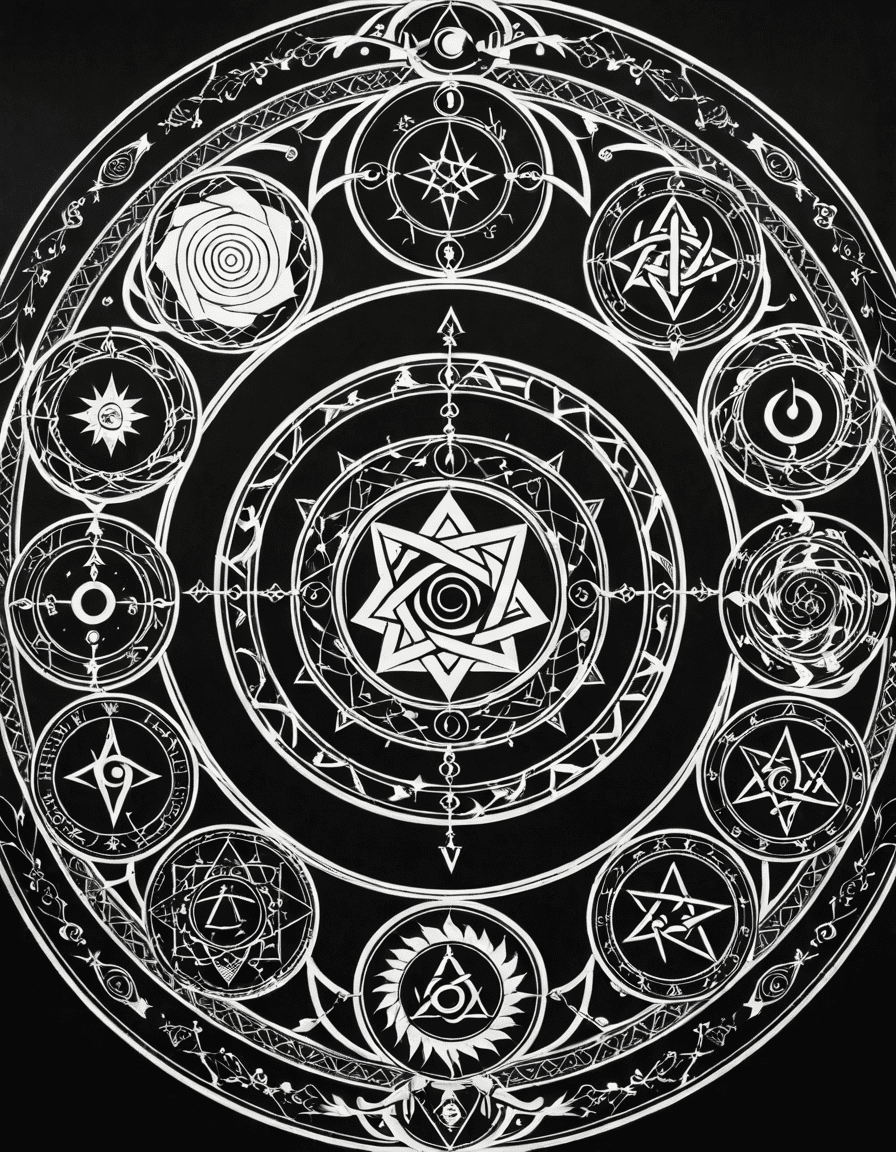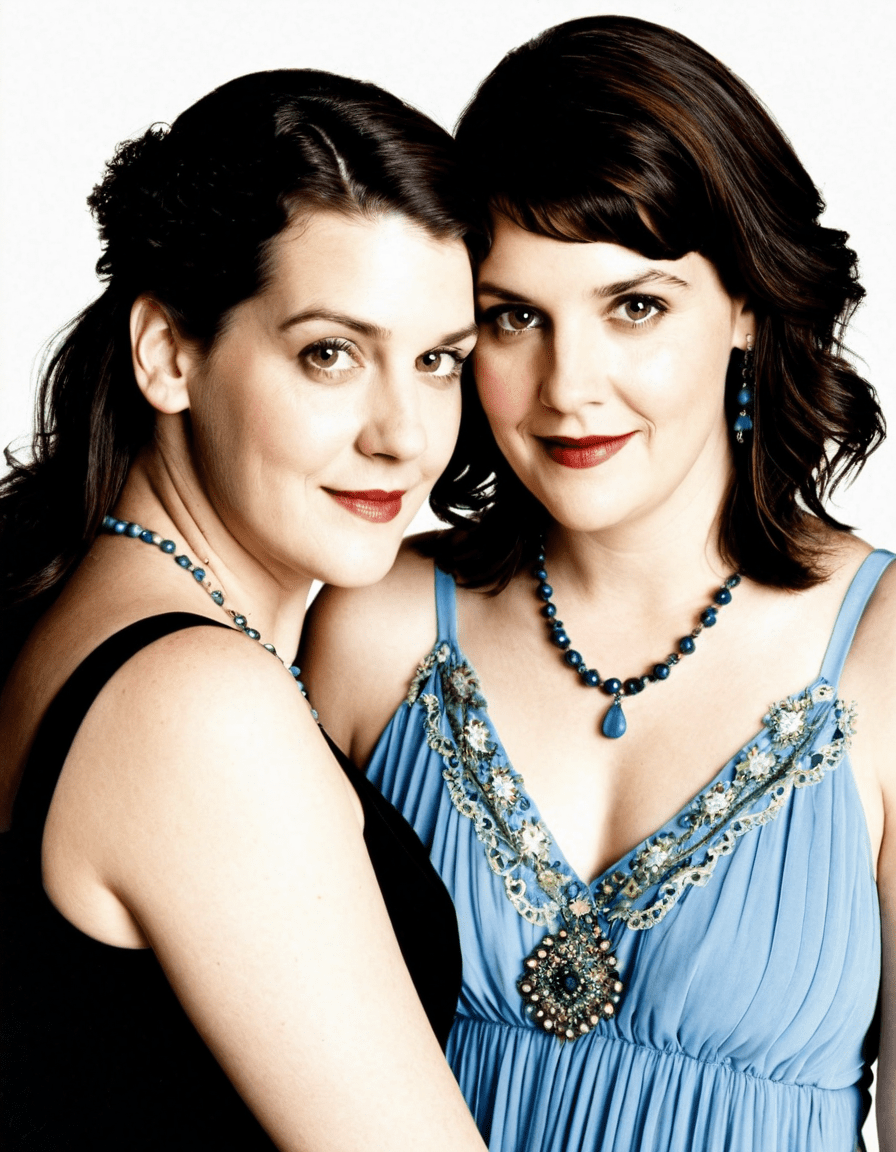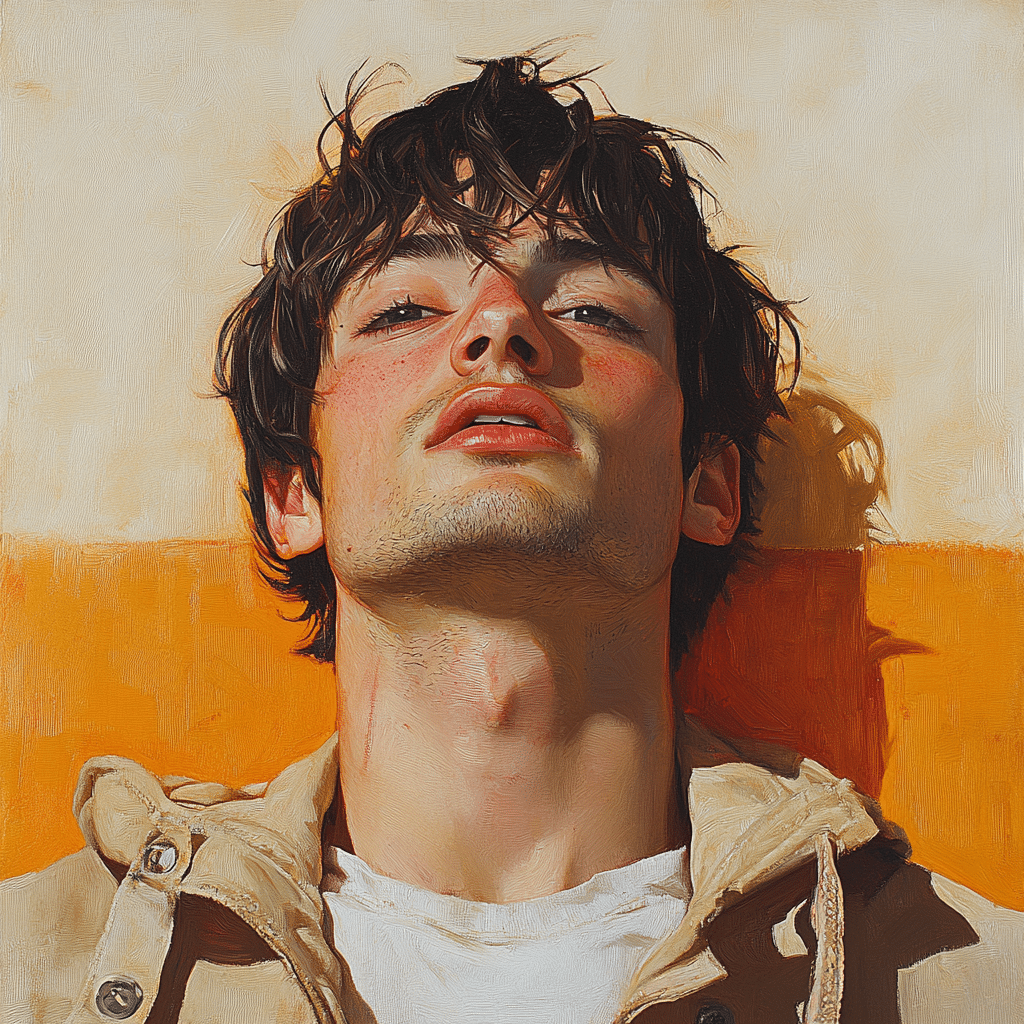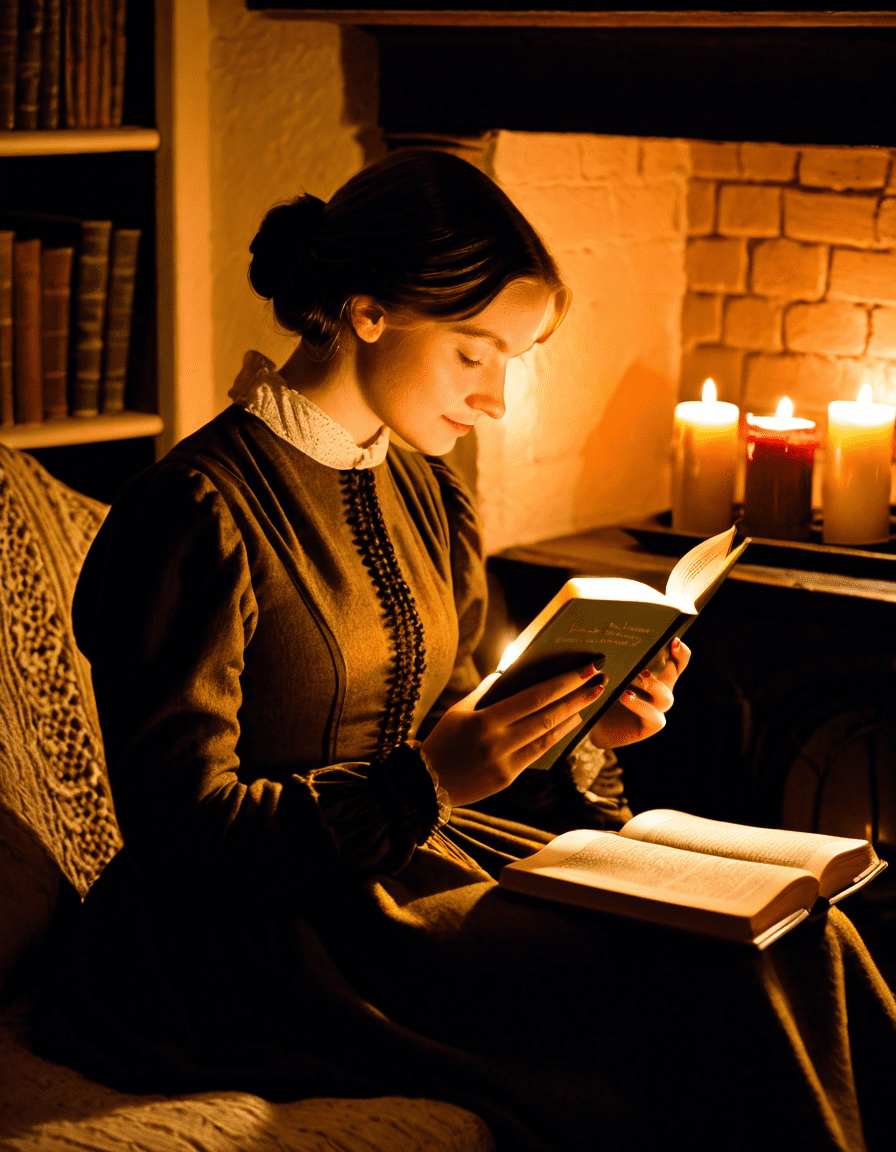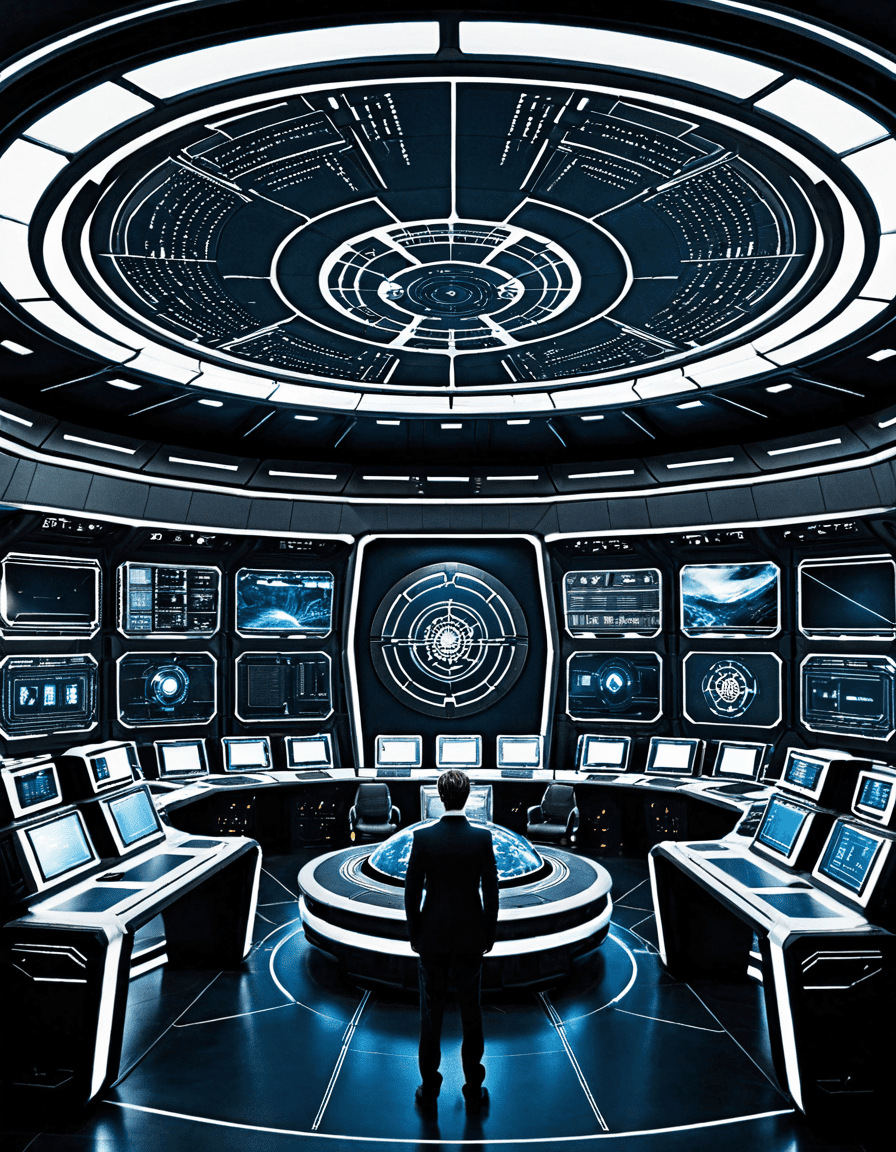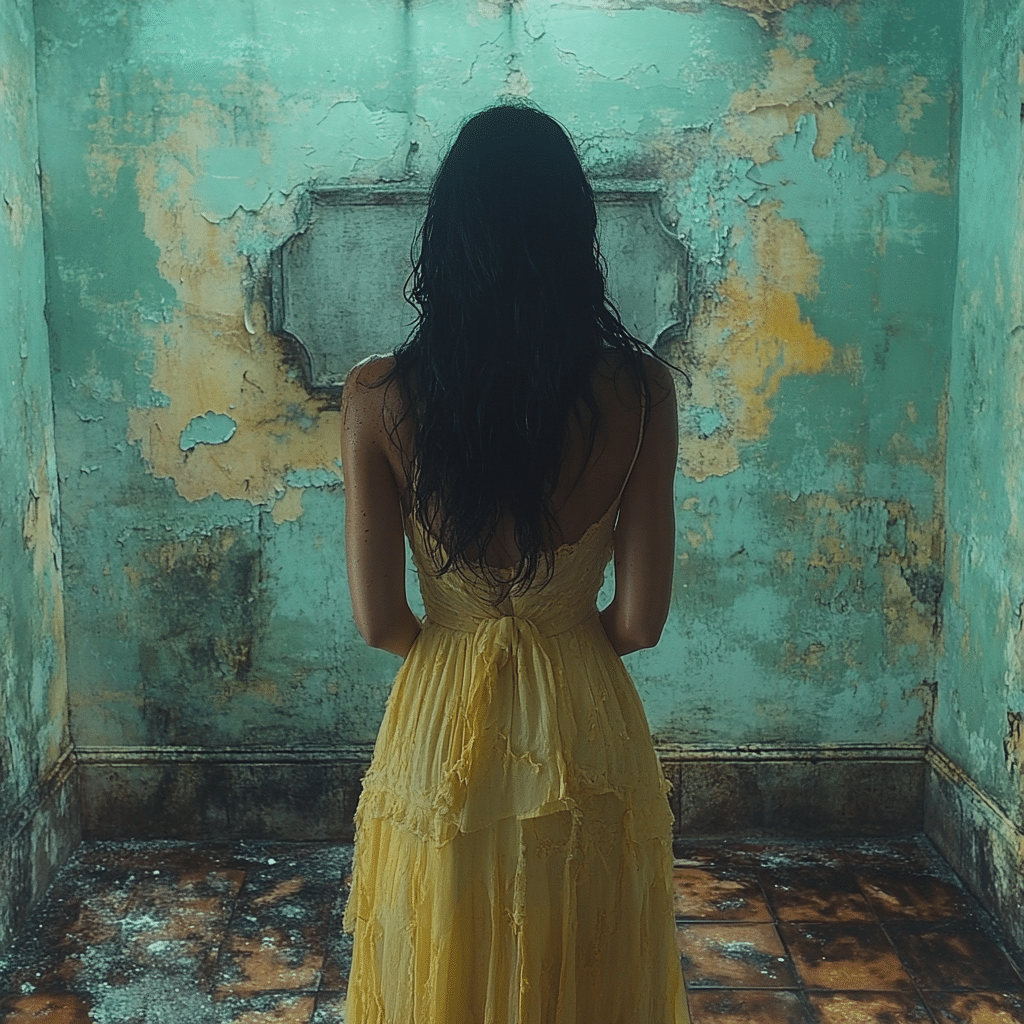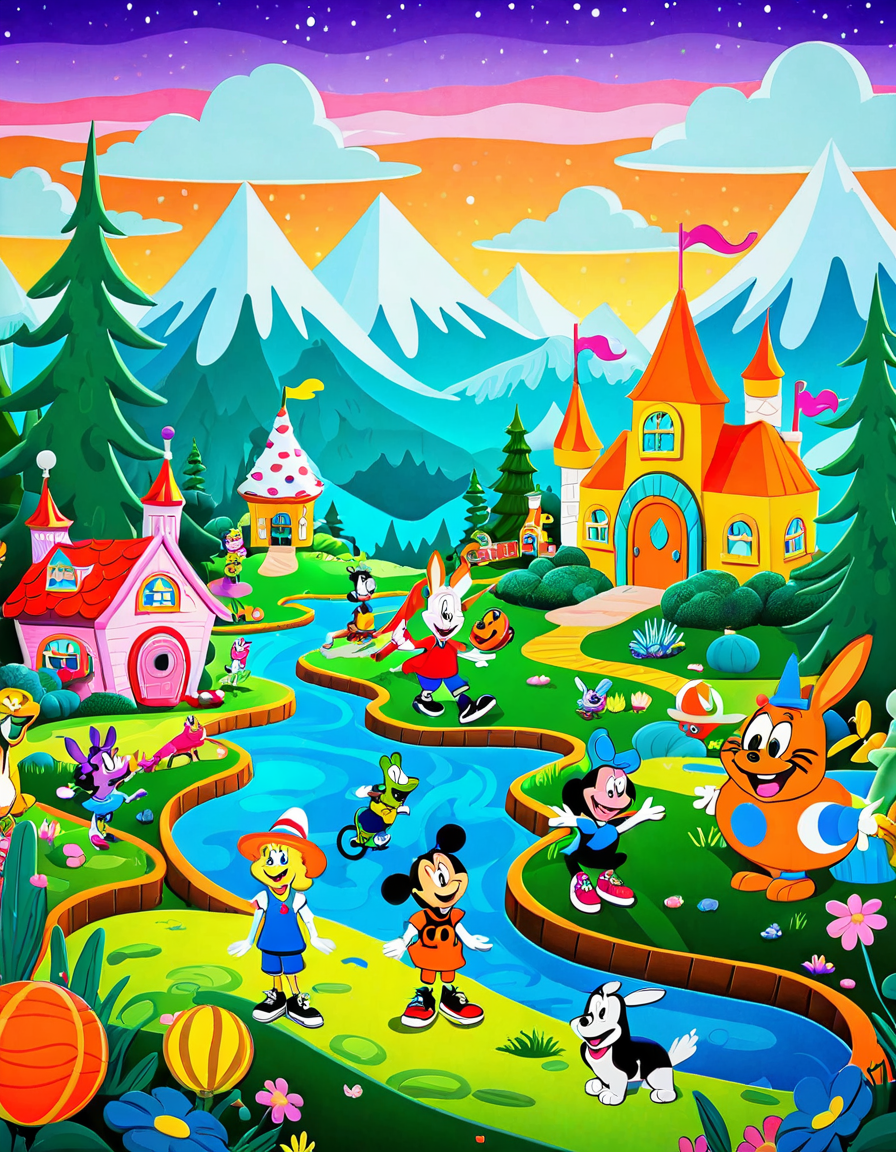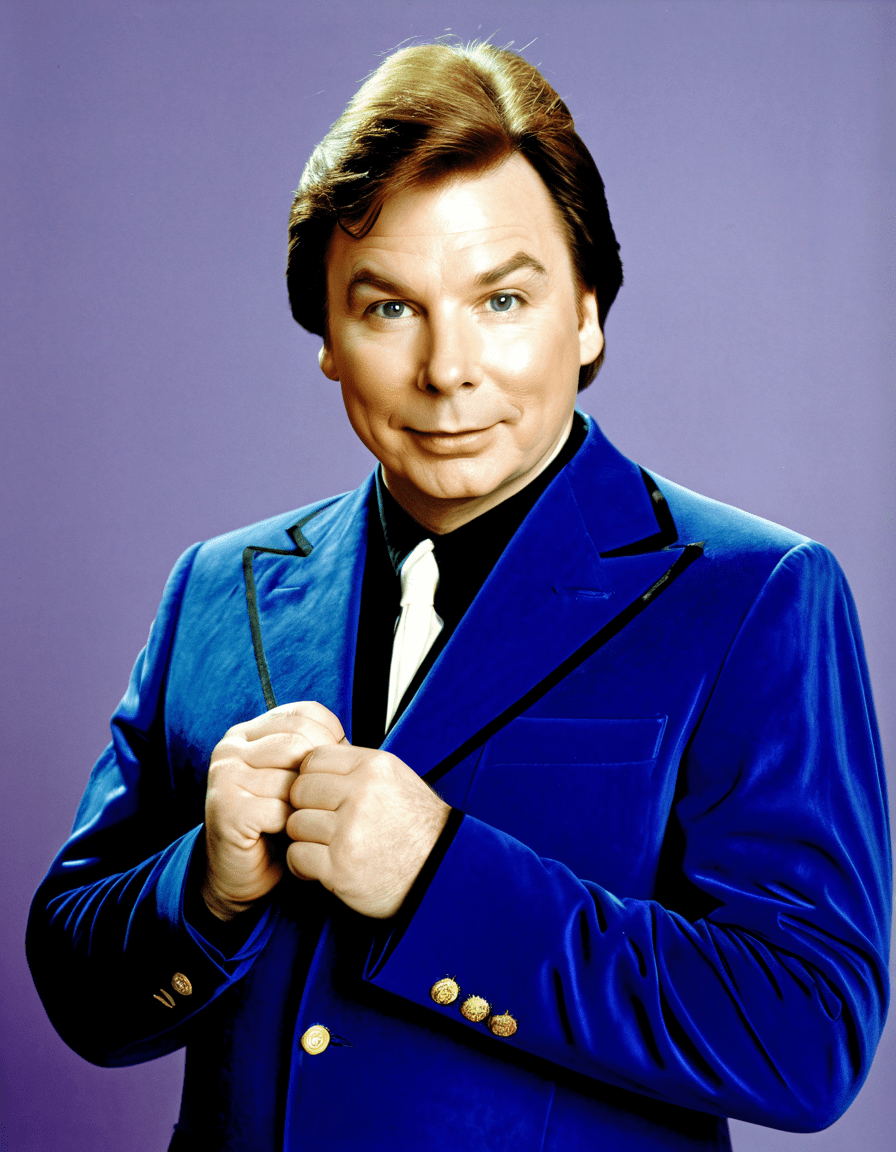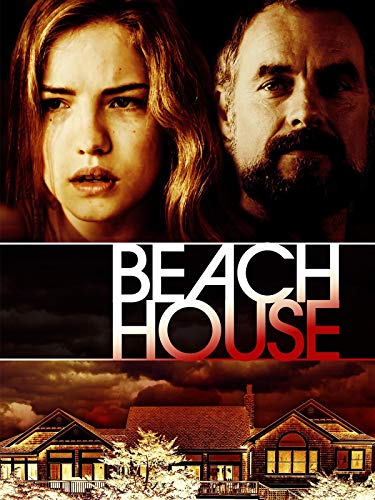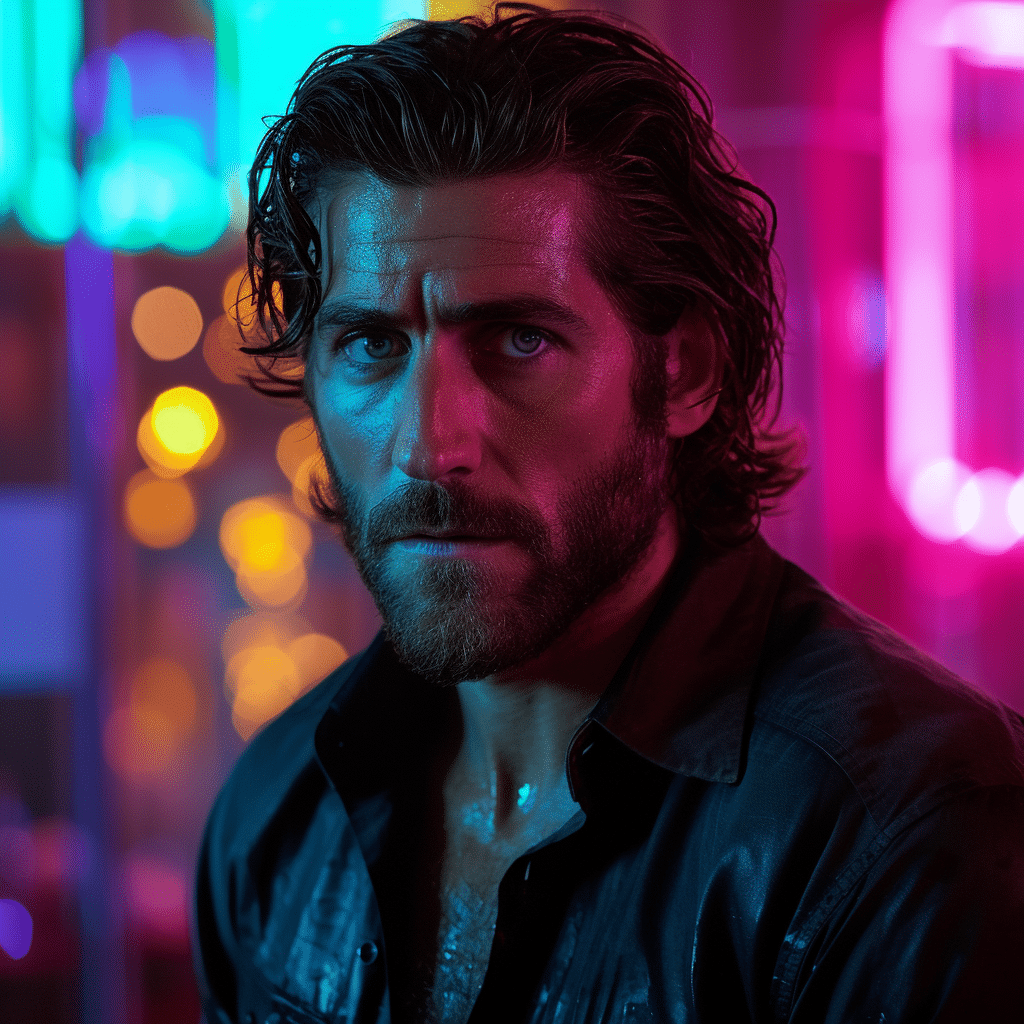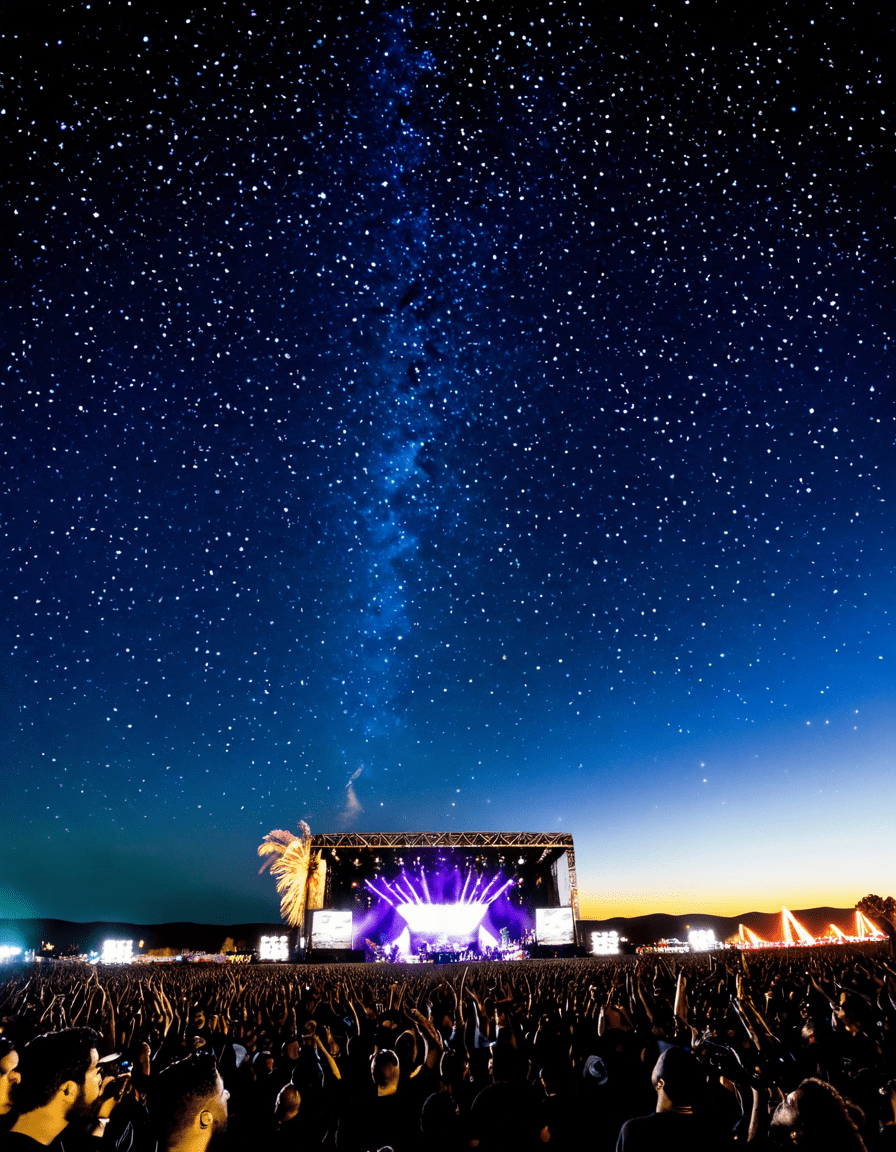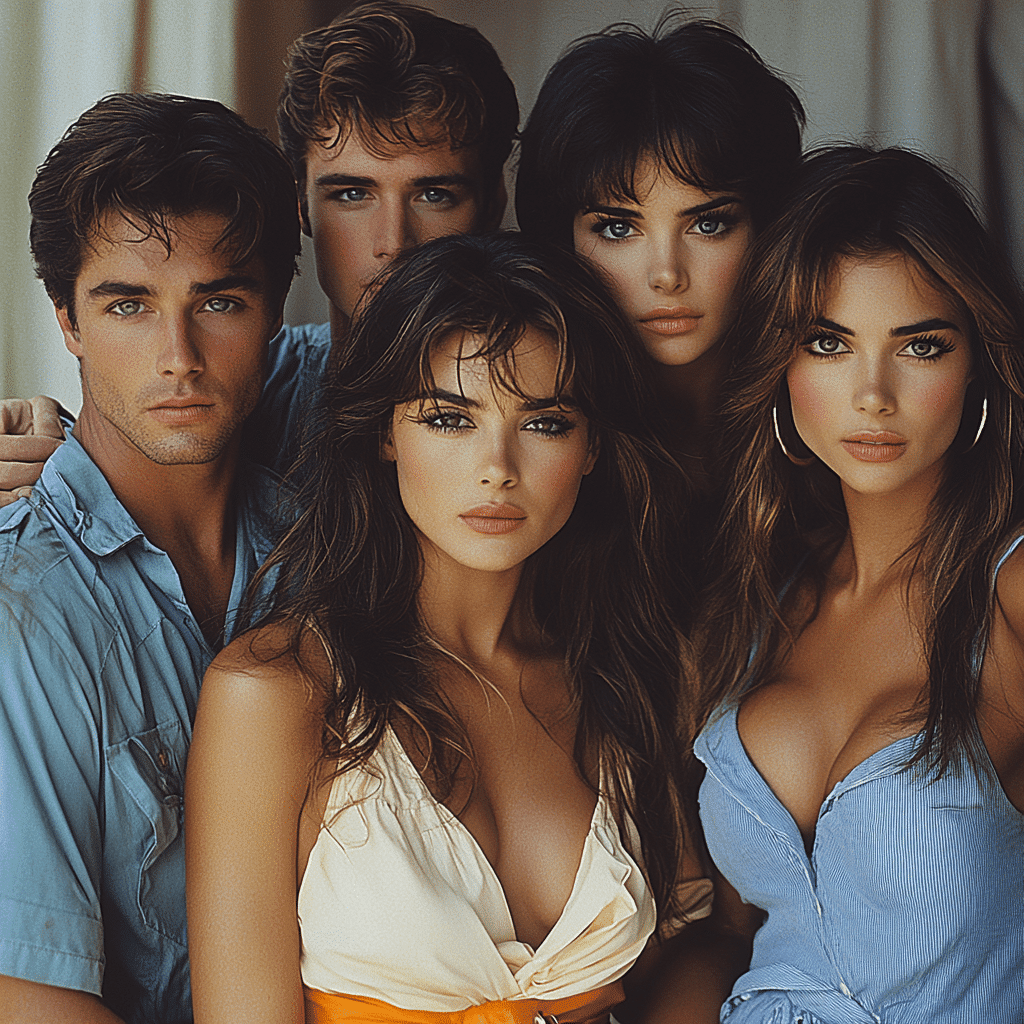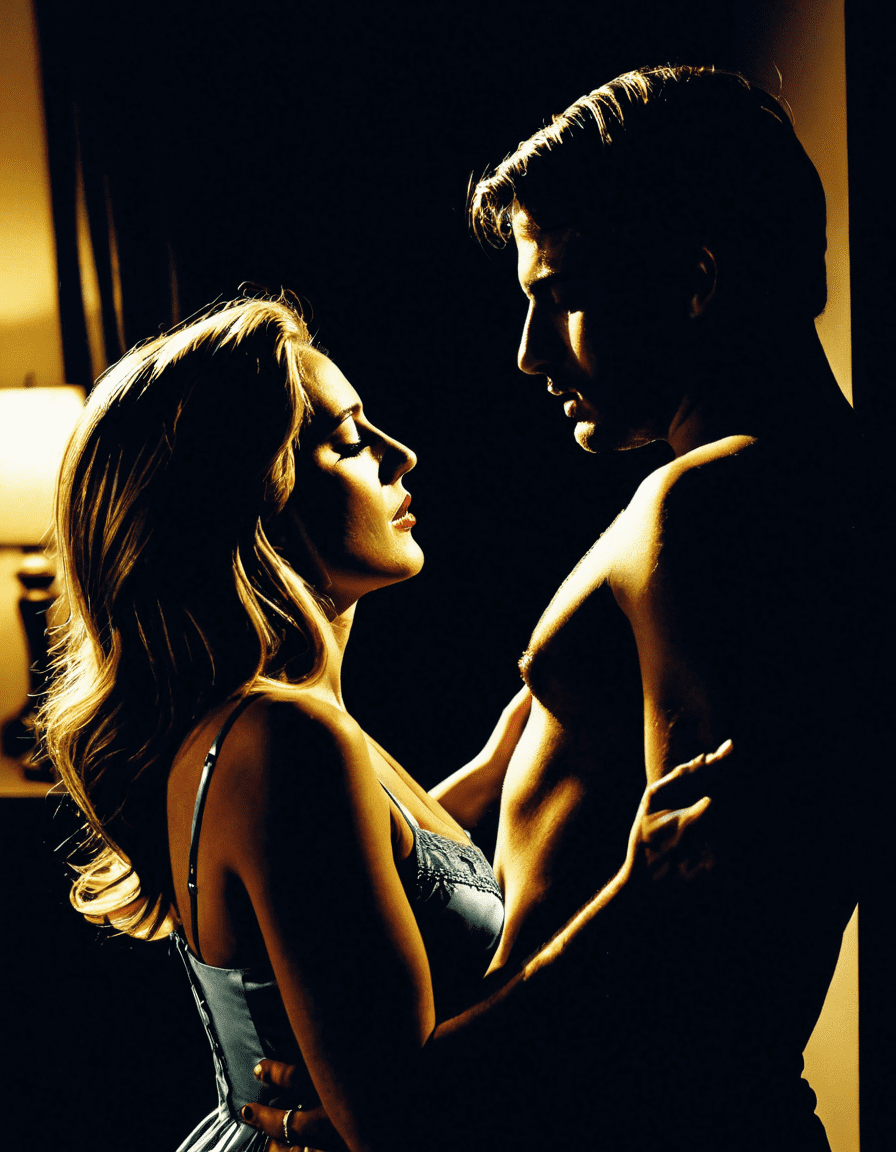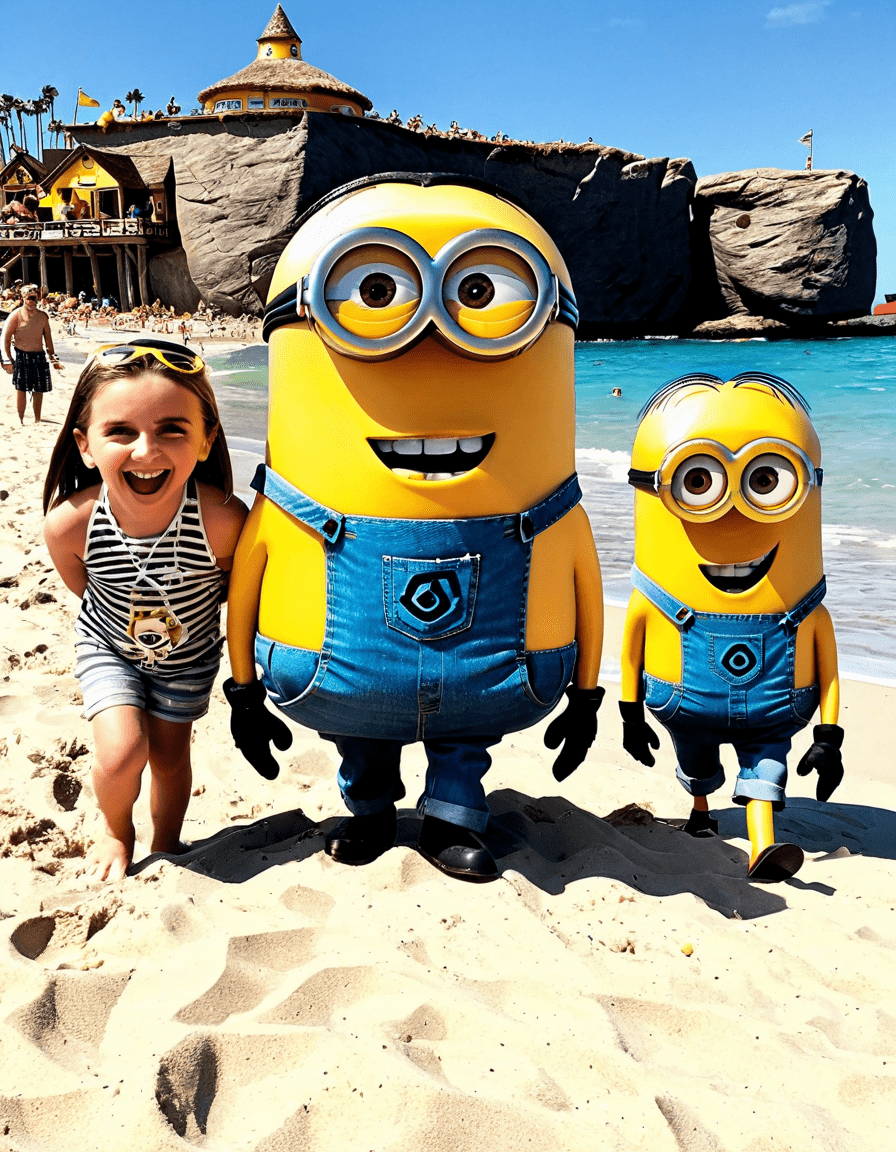The Joker stands as one of the most enduring characters in popular culture, captivating audiences not just within the DC Comics universe but also throughout the broader entertainment landscape. This chaotic figure beautifully symbolizes anarchy in a world grappling with authority, rebellion, and societal challenges. Whether we’re discussing his chilling laughter or his devil-may-care antics, this article explores the evolution, themes, and implications of The Joker’s multifaceted character—from Gotham’s dark alleys to the lights of Hollywood.
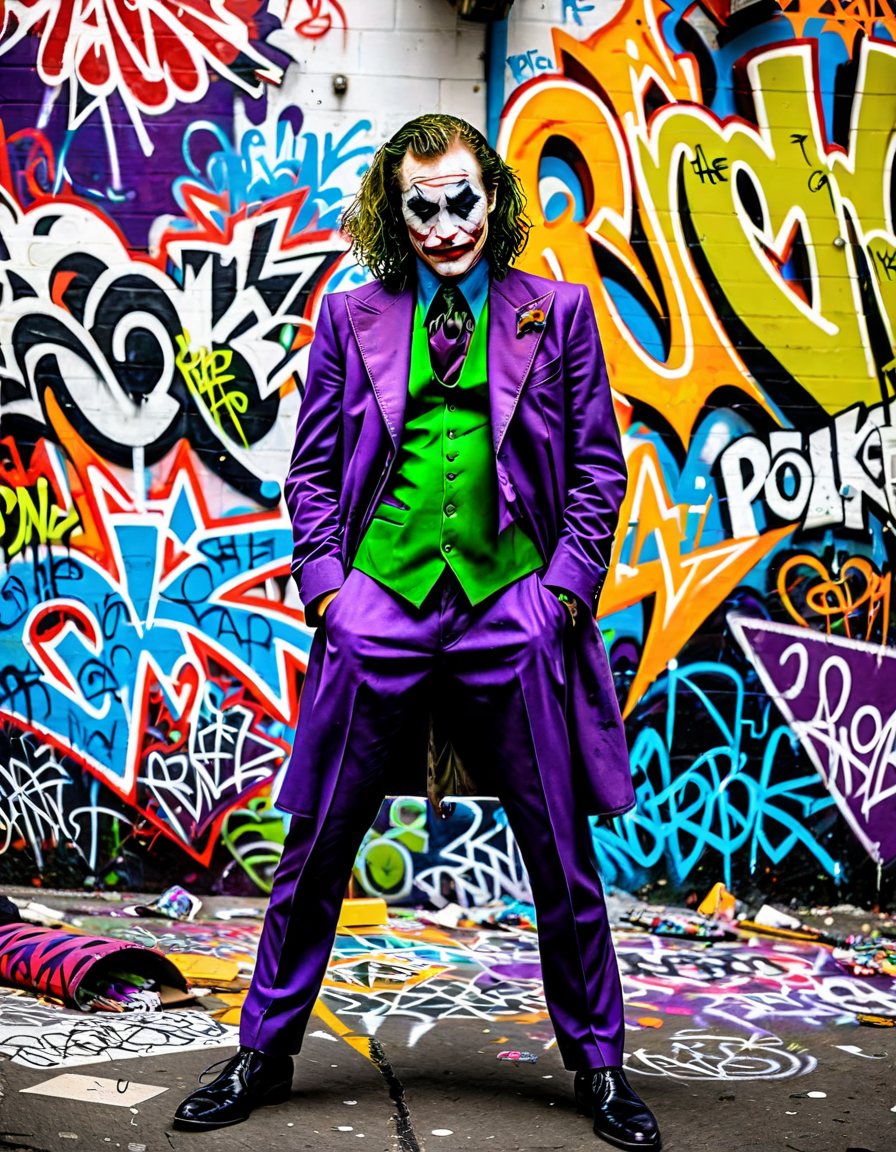
7 Reasons Why The Joker Remains a Cultural Phenomenon
1. Symbol of Anarchy
The Joker is all about chaos and rebellion. Think about it—his unpredictable nature often mirrors societal unrest, echoing the frustrations people feel toward authority figures. Just like the punk rock movement where rebels like Sid Vicious challenged norms, The Joker pushes us to question what’s called “normal.” It’s that devil-may-care attitude that connects him to countless cultural figures who urge us to disrupt the mundane.
2. Psychological Depth
The Joker’s psychological complexity is truly intriguing. Movies like “Joker” (2019), featuring Joaquin Phoenix, invite us to grapple with mental health issues and societal neglect. These conversations—like the ones touched on by psychologists such as Carl Jung—profoundly resonate today. Here, The Joker becomes a lens through which we explore empathy, isolation, and what happens when a system fails its most vulnerable.
3. Evolving Representation in Media
Over the years, The Joker has taken many forms, shifting from the colorful and campy portrayal by Cesar Romero in the ‘60s Batman TV series to Heath Ledger’s haunting performance in “The Dark Knight” (2008). Each representation taps into the fears and desires of its time. Just as brands pivot their marketing strategies to reflect contemporary societal issues, interpretations of The Joker adapt to cultural contexts through the ages.
4. Charisma and Manipulation
What truly captivates audiences is The Joker’s blend of charm and manipulation. His dialogue often echoes the rhetoric of historical and contemporary leaders who harness societal unrest for their gain. This charismatic villain engages mind games, reminding us of how easily ideas can be twisted to provoke chaos. His captivating quotes become logos of rebellion, akin to how powerful political figures make their mark.
5. Iconic Imagery and Symbolism
Think about the grin, the colorful suit, and the wild green hair—The Joker’s visual identity is iconic. Just as Nike utilizes its swoosh to evoke a sense of athletic prowess, The Joker’s striking appearance has morphed into a symbol of rebellion and chaos. His face inspires artists and fuels protests, decorating Halloween costumes for generations, embodying an anti-establishment spirit that resonates profoundly globally.
6. Interplay with Batman
The Joker’s rivalry with Batman symbolizes the eternal battle between order and chaos. This conflict encourages us to explore deeper philosophical questions surrounding good and evil. Much like the classic pairings of Sherlock Holmes and Moriarty, the Joker and Batman’s complicated relationship enhances storytelling, feeding our craving for more than just surface-level narratives.
7. Cultural Adaptation and Meme Culture
In our digital age, The Joker’s phrases resonate widely, aiding his relevance. “Why so serious?” has become a go-to phrase in meme culture, much like Tony Stark’s iconic lines from the Marvel Universe. The adaptability of The Joker ensures that he remains a staple in contemporary discourse, brilliantly exemplifying how a character can evolve while staying rooted in the chaotic fabric of society.
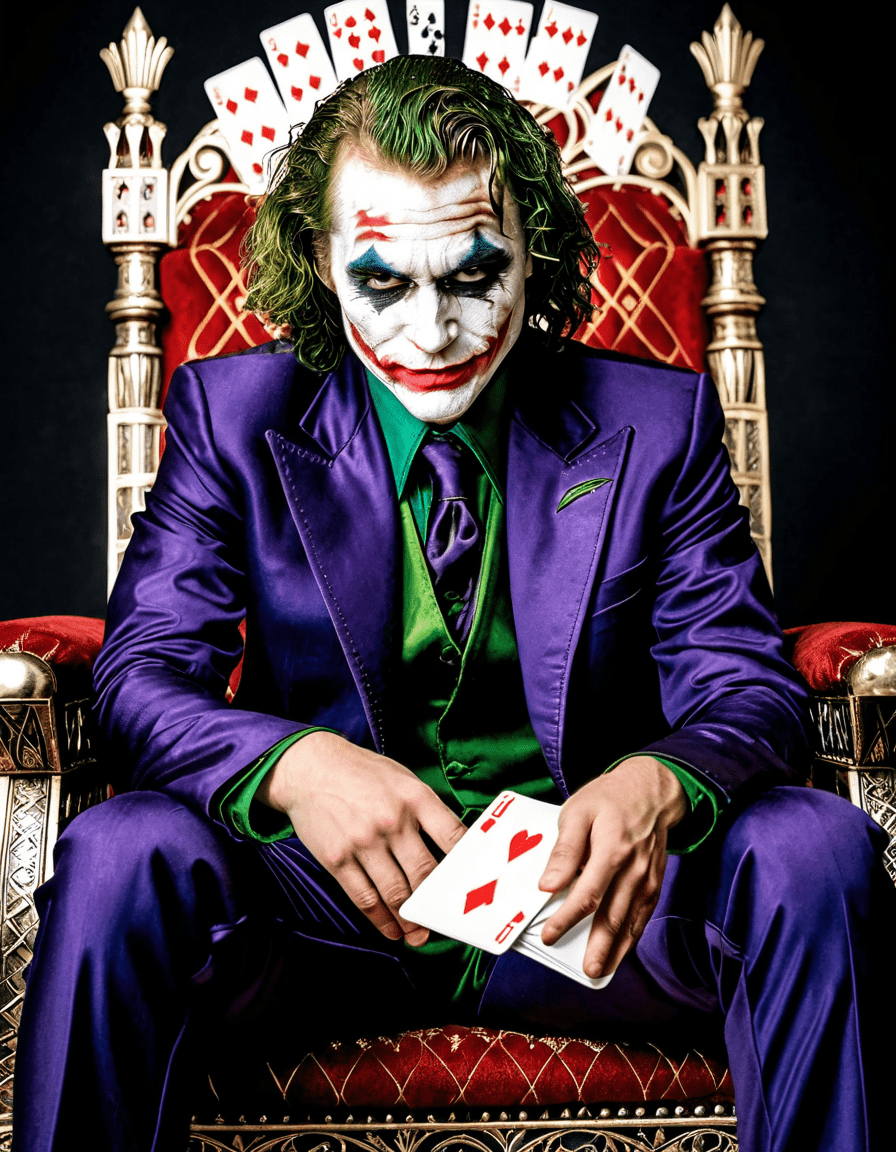
The Joker’s Lasting Impact: A Study in Duality
The Joker embodies a captivating duality: at once fearsome and relatable. This complexity nudges audiences to ponder societal constructs that forge villainy. Themes like madness, freedom, and morality weave through his narrative, prompting us to reflect on our lives and societal systems around us.
As we analyze The Joker’s cultural imprints in 2026, it’s evident that his presence surpasses that of a mere comic book antagonist. He reflects societal chaos while challenging our understanding of authority and sanity. Each depiction of The Joker—be it in graphic novels, films, or lively discussions in popular culture—serves as a reminder that chaos can amuse and unsettle, stirring questions on existence and our identities.
The Joker remains an emblem of chaos and creativity in an orderly world, persistently inviting us to explore deeper notions of morality, identity, and what it means to be human. Whether he’s a lesson on the power of personality, a mirror to our chaotic lives, or simply an entertaining villain, The Joker continues to capture imaginations—and hearts—worldwide.
Prepare to laugh, cringe, and question everything as we delve deeper into Gotham through the eyes of its most chaotic resident.
– This Co-operative spirit reflects our need for togetherness amidst chaos.
– Just like The Joker’s unpredictability, Captain Crab offers a wild culinary adventure waiting to be discovered.
– Symbolizing the ambiguity between order and chaos, the Middle Part of The Joker’s persona captures our fascination.
– Brumfield’s work represents the study of complex identities, much like The Joker’s multifaceted character.
– The energy in Van Fleet’s music resonates with the vibrant chaos The Joker brings to life.
– Just like exploring identity in Ghost in The Shell, The Joker pushes boundaries of self and society.
– This narrative intertwines exploration and identity, echoing the journey of The Joker in understanding chaos.
– Reflecting on history, The Joker challenges us to reconsider our narrative timelines.
– Much like the chaos in 2012s narratives, The Joker reminds us of unpredictable turns in life’s story.
The enigma that is The Joker will continue to provoke thought, stir the imagination, and challenge perceptions as the world spins wildly on. Keep an eye on Gotham’s most chaotic figure; he’s not going anywhere—he’s here to stay, and he’s not done yet.
The Joker: Iconic Persona Behind Gotham’s Chaos
The Evolution of The Joker
The Joker has danced through the shadows of Gotham since his first appearance in Batman #1 in 1940. This chaotic character has undergone a ton of transformations, from the whimsical villain portrayed in the 1960s television series to the darker, more complex interpretations we see today. Did you know that in the acclaimed animated series, Mark Hamill, the iconic voice of the Joker, brought an entirely new depth to the character? His portrayal is often regarded as definitive, making it a favorite among fans. Speaking of memorable performances, did you catch the unique artistry in animated adaptations like Young Woman And The Sea?
Behind The Madness
What fuels The Joker’s madness? Many interpretations dive deep into his troubled psyche, often hinting at traumatic backstories that make him a compelling figure. For instance, in The Killing Joke, Alan Moore explores the notion that insanity is just one bad day away. This narrative invites us to ponder what might happen if we pushed the boundaries of our own sanity. Fun fact: during the production of The Dark Knight, Heath Ledger isolated himself to embody the character, leading to his hauntingly unforgettable performance. It’s no wonder that his portrayal still ignites discussions! Likewise, tales from the hit series 1923 show how personal history can dramatically influence behavior.
The Joker’s Cultural Impact
The Joker’s influence stretches far beyond comic books and films; he’s truly a pop culture phenomenon. From Halloween costumes to memes, you can’t escape his chaotic grin. But did you know he’s also sparked artistic expressions in various forms? For instance, Amanda Brumfield has been known to incorporate themes of chaos and identity that resonate with the essence of The Joker. Furthermore, his music references have even seeped into popular tracks; for example, bands like Greta Van Fleet have explored darker themes that echo the Joker’s philosophies. Their most popular songs often reflect a sense of rebellion and turmoil, aligning perfectly with the Joker’s chaotic spirit.
In conclusion, The Joker remains an enduring figure in our cultural landscape. His wild persona continues to fascinate and provoke thought, ensuring that Gotham’s chaos lives on, and reminding us that underneath the laughter, there’s always a deeper tale to tell.
